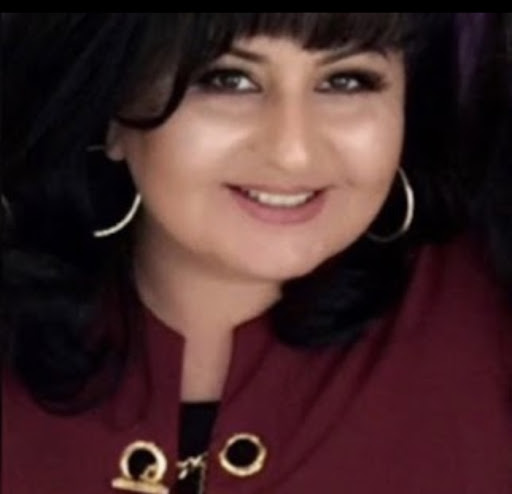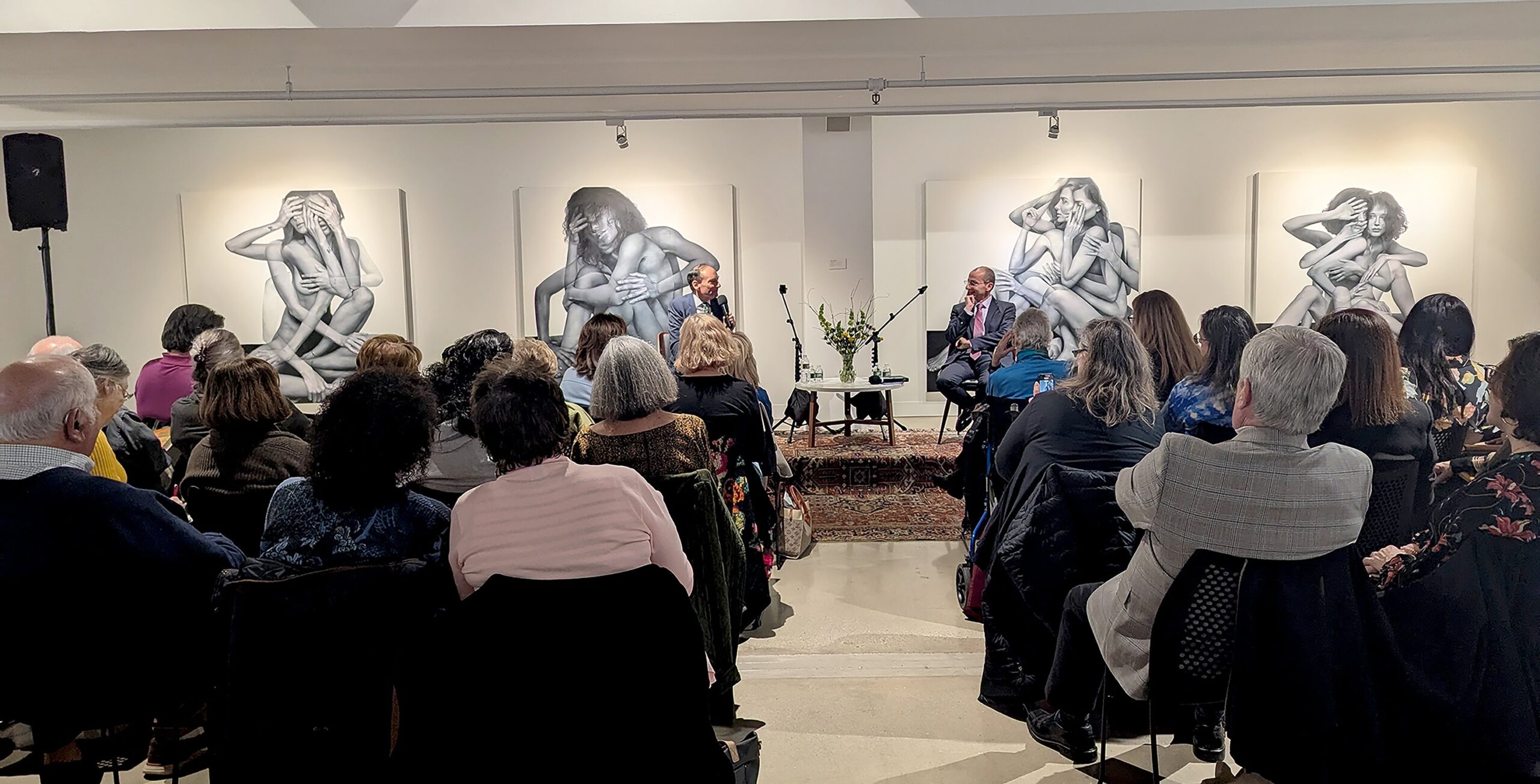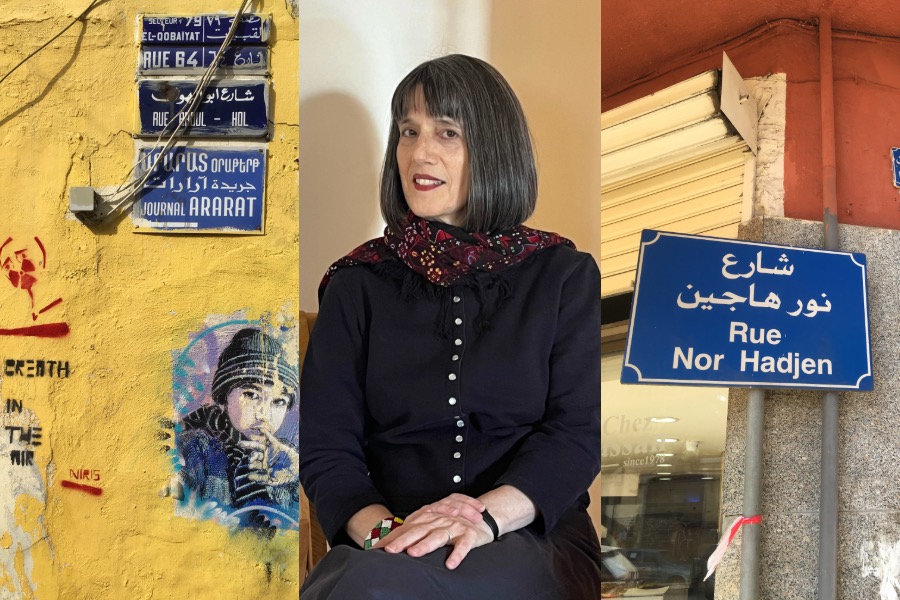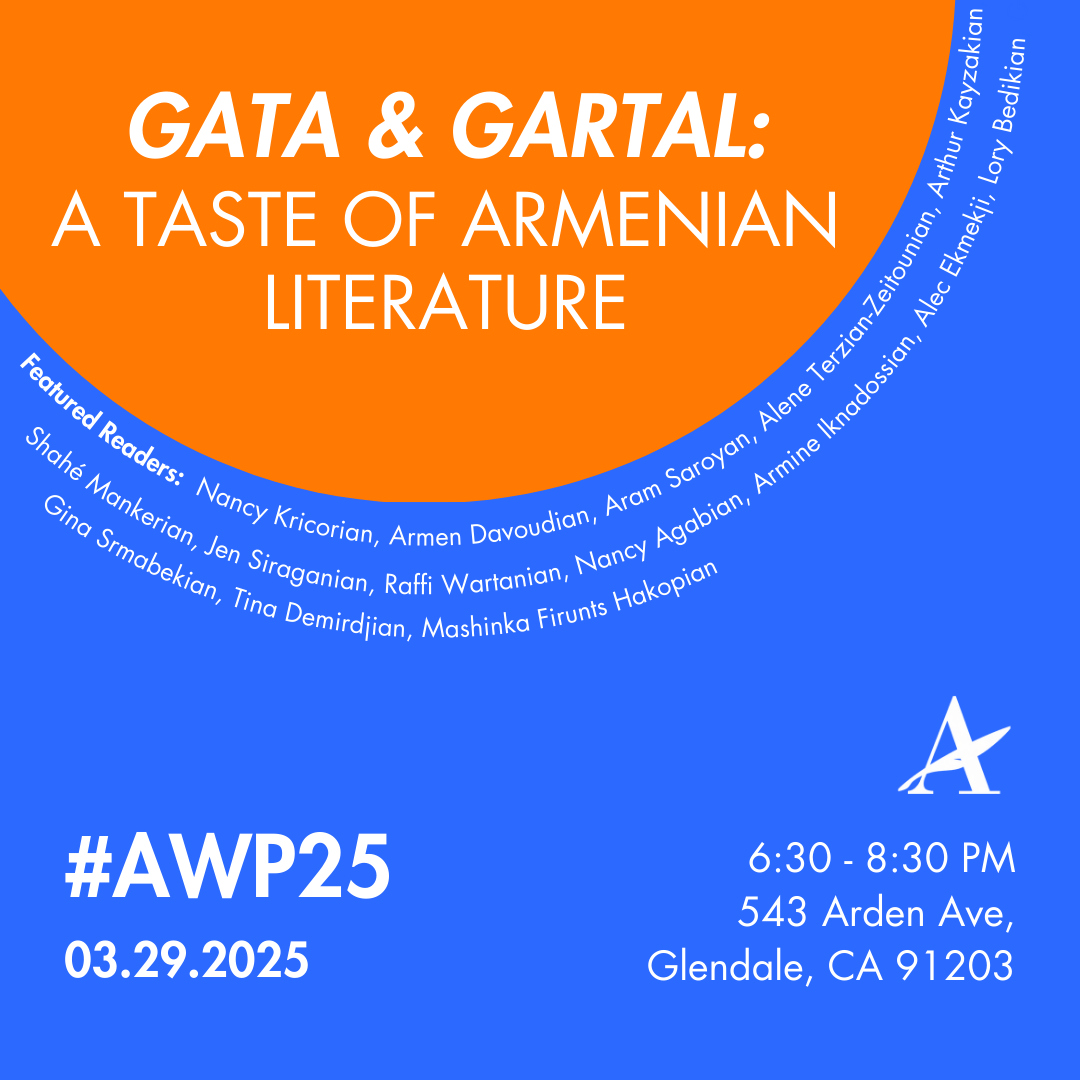Leila Boukarim on writing “Lost Words: An Armenian Story of Survival and Hope”

 Leila Boukarim’s book, Lost Words: An Armenian Story of Survival and Hope, is a great resource for teachers as well as families to utilize while learning about the Armenian Genocide. The children’s book uses rich language while dealing with the complex topic of the Genocide. The beautiful illustrations on the book’s canvas capture the meaning of the words. The Armenian Weekly spoke with Boukarim, who describes her writing process and why the book has meant so much for her and her family.
Leila Boukarim’s book, Lost Words: An Armenian Story of Survival and Hope, is a great resource for teachers as well as families to utilize while learning about the Armenian Genocide. The children’s book uses rich language while dealing with the complex topic of the Genocide. The beautiful illustrations on the book’s canvas capture the meaning of the words. The Armenian Weekly spoke with Boukarim, who describes her writing process and why the book has meant so much for her and her family.
Talar Keoseyan (T.K.): Please tell us a little bit about yourself, where you were born and about your family.
Leila Boukarim (L.B.): I was born in Lebanon but spent my childhood in Saudi Arabia, the UAE, the U.S. and Canada before moving to Lebanon when I was almost 17 years old. That’s where I spent the next 15 years of life, after which I moved to Singapore and then to Berlin nine years later. I met my husband Haig in Lebanon, and we have two wonderful boys, now 14 and 11 years old.
T.K.: What motivated you to write Lost Words?
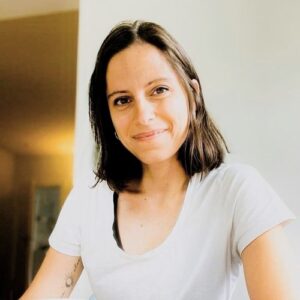
L.B.: I got the idea to write Lost Words after my son asked me where he was from. Haig and I knew we wanted to tell our kids about the Armenian Genocide, about their great-grandfather and their ancestors, and it felt impossible at the time to share all this with our kids in a way that was child-friendly and simple enough that they could process it. I had been writing children’s books for a few years and decided then that I would try to do just that.
T.K.: What do you hope your book accomplishes?
L.B.: I want this book to at least start the conversation with young children, to plant seeds of curiosity that will lead them to ask the right questions when they’re older and ready for more. I’m a strong believer in the importance of discussing difficult truths with our young ones in a way they can handle and in the impact this has on shaping them into adults who are empathetic, critical thinkers and brave enough to stand up against injustice no matter the cost.
T.K.: Why was this such an important project for you?
L.B.: Learning about the Armenian Genocide at the age of 18 changed me in ways I never thought possible. What shocked me more than the scale of the horrors that had taken place in 1915 was the fact that all my history books had skipped over them. It was an awakening that made me more curious about all the things we’re not taught and the reasons why they’re not taught. Our failure to acknowledge atrocities and talk about them paves the way for more. We must equip our little ones with the tools to recognize the signs and speak out before it’s too late.
T.K.: How did you and the illustrator connect?
L.B.: It was my amazing editor who found Sona [Avedikian]! Our publication date was set at four years from the day the offer was made, because the publisher wanted to find the perfect Armenian illustrator for this project — and they did.
T.K.: Do you have any other books in the works?
L.B.: I do. Later this year, I have a second graphic novel for young readers coming out — Zips and Eeloo Make a Friend. And next year, I’ve got three picture books to look forward to — Mariam Dreams: The Story of Mariam Al-Shaar, Soufra, and a Food Truck of Hope, Rima and the Painter and Sundays are for Feasts.
T.K.: Anything else you would like to add?
L.B.: I hope to see many more Armenian children’s books out in the world soon!




